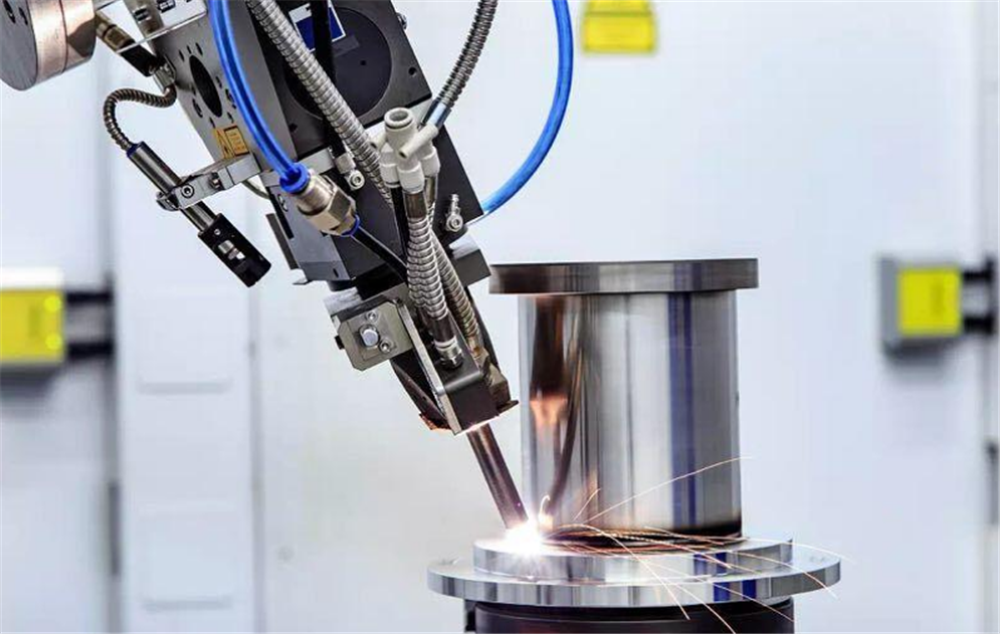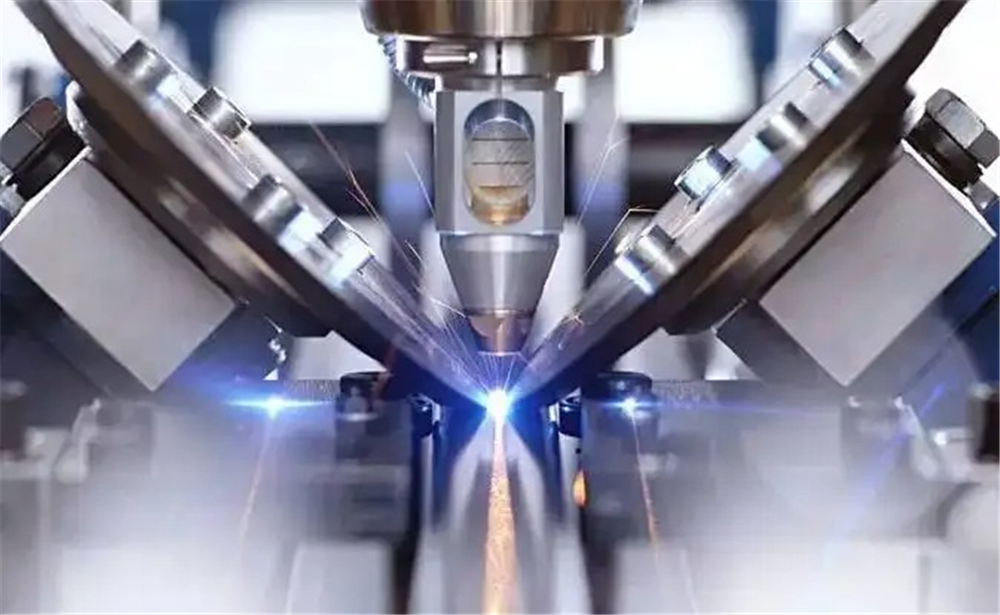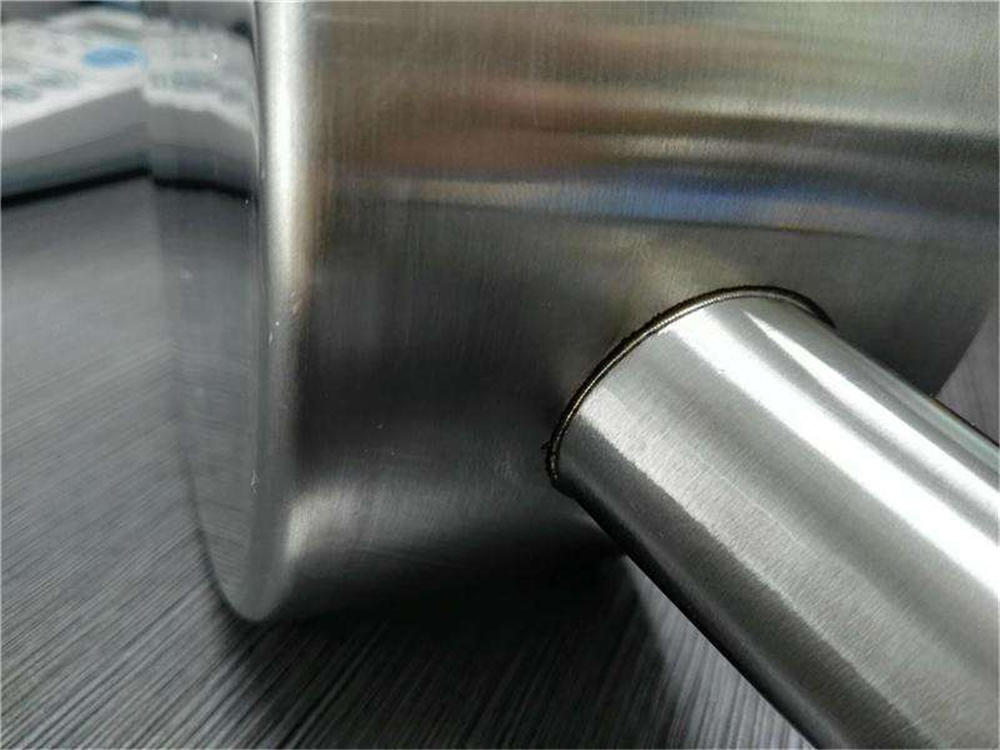Revolution of Welding Technology | Laser Welding for Aluminum Alloy
Aluminum alloys are widely used in various welded structural products due to their light weight, high strength, good corrosion resistance, non-magnetic properties, good formability and good low temperature performance. When welding with aluminum alloys, the weight of welded structural product can be reduced by 50% in comparison with those welded in steel plates. Presently, this has been widely used in various industries like aviation, aerospace, automobile, power battery, machinery manufacturing, shipbuilding, doors and windows, chemical industry and daily necessities.
Advanced laser welding technology for aluminum alloy
Laser welding technology for aluminum alloy is a new technology developed in the last decade. It features of strong functionality, high reliability and high efficiency in comparison with traditional welding method. Here are advantages of laser welded aluminum alloys:
▪ High energy density, low heat input, low heat deformation, narrow melting zone and heat-affected zone and large melting depth.
▪ Microfine weld structure due to high cooling rate and good joint performance.
▪ Laser welding without electrodes, reducing man-hours and costs.
▪ The shape of the welded workpiece is not affected by electromagnetism and does not produce X-rays.
▪ Ability to weld metallic materials inside closed transparent objects.
▪ Laser can be transmitted over long distances with optical fibers, which make the process adaptable. With computers and robots, the welding process can be automated and precisely controlled.


Advantages for dealing with heat-treated aluminum alloys
Increase the processing speed
Increase the production efficiency and improve the welding quality by greatly reducing the heat input.
When welding high-strength and large-thickness aluminum alloys, it could easily achieve welding through in a single pass by forming a large depth of keyhole in which laser deep fusion welding and the keyhole effect occurs, that is stronger than traditional welding methods.
Comparison for common laser source in laser welding of aluminum alloys
Nowadays, the main laser sources used in market are CO2 laser, YAG laser and fiber laser. Due to its high-power performance, CO2 laser is more suitable for thick plate welding, but the absorption rate of CO2 laser beam on surface of aluminum alloy is relatively small, which causes a lot of energy loss during the welding process.
YAG laser is generally smaller in power, the absorption rate of YAG laser beam on surface of aluminum alloy is relatively larger than that of CO2 laser, available optical fiber conduction, strong adaptability, simple process arrangement, etc., the disadvantage of YAG: the output power and photoelectric conversion power is low.
Fiber laser has the advantages of small size, low operating cost, long service life, good stability and high beam quality. Meanwhile, the light emitted by fiber laser is 1070nm wavelength with higher absorption rate, photoelectric conversion rate is 10 times higher than YAG laser, and the welding speed is faster than YAG and CO2 laser.
Welding Technology Revolution
High power laser welding equipment is expected to be applied in aluminum alloy welding
As a high-energy-density welding process, laser welding can effectively prevent the defects caused by traditional welding processes, and the welding strength coefficient will also be greatly improved. It is still difficult to use a low-power laser welding machine to weld aluminum alloy thick plates, not only because the absorption rate of the laser beam on the aluminum alloy surface is very low, but also there is still a threshold problem existed when requirs a deep penetration welding.
The most eye-catching feature of the aluminum alloy laser welding machine is its high efficiency, which is applied to large-thickness deep-penetration welding for utilization. And this large-thickness deep-penetration welding technology will be an inevitable development in the future. In another way, this large-thickness deep penetration welding highlights the pinhole phenomenon and its impact on weld porosity, which makes mechanism of pinhole formation and its control getting more important, and it will surely become a revolution in welding world in the future.

Post time: Apr-12-2022





